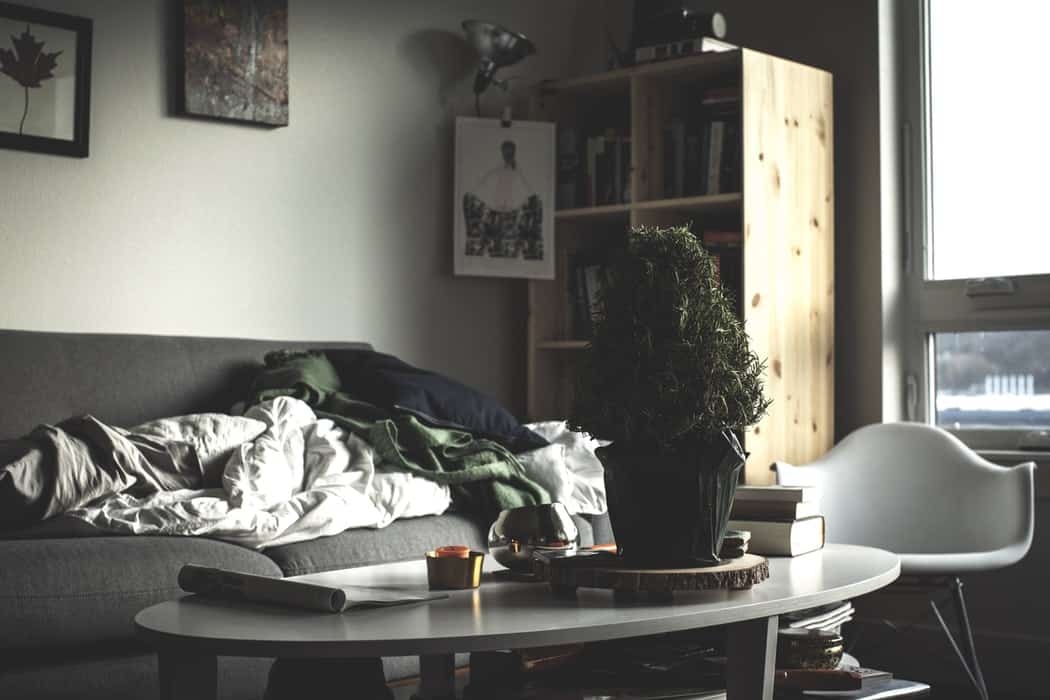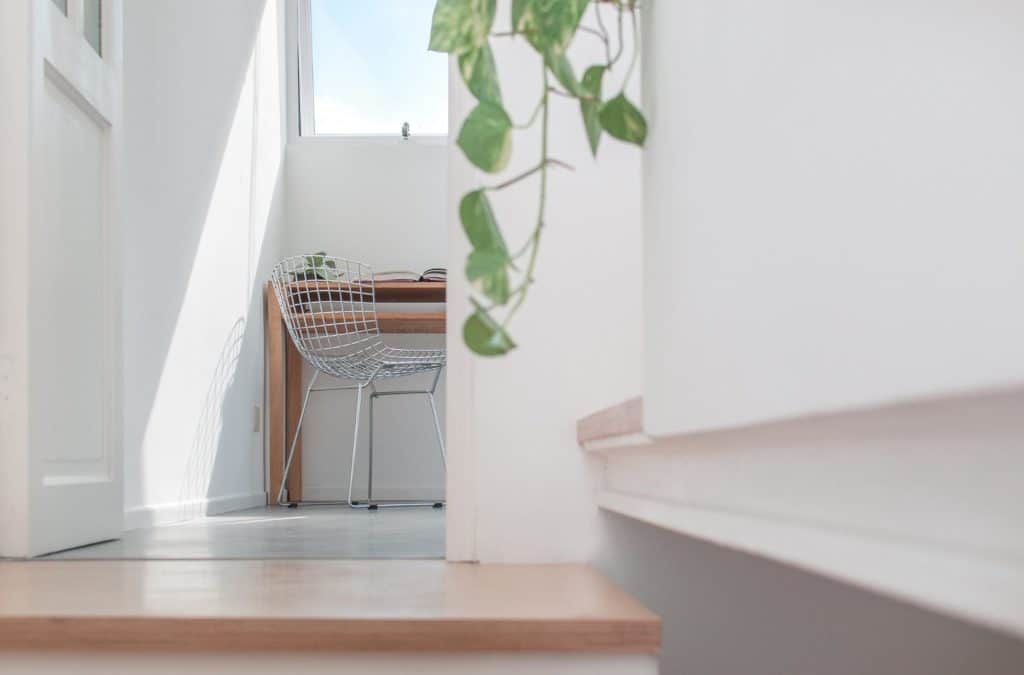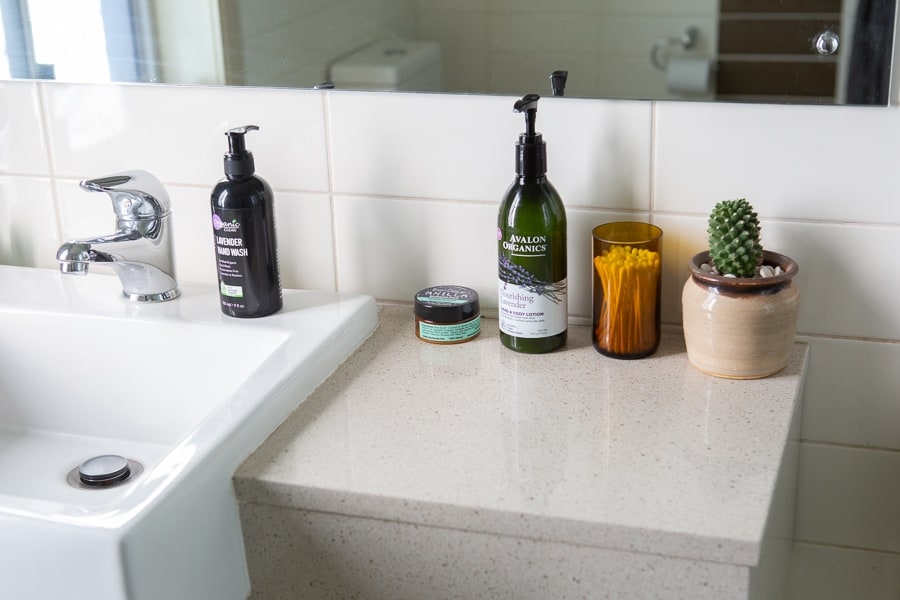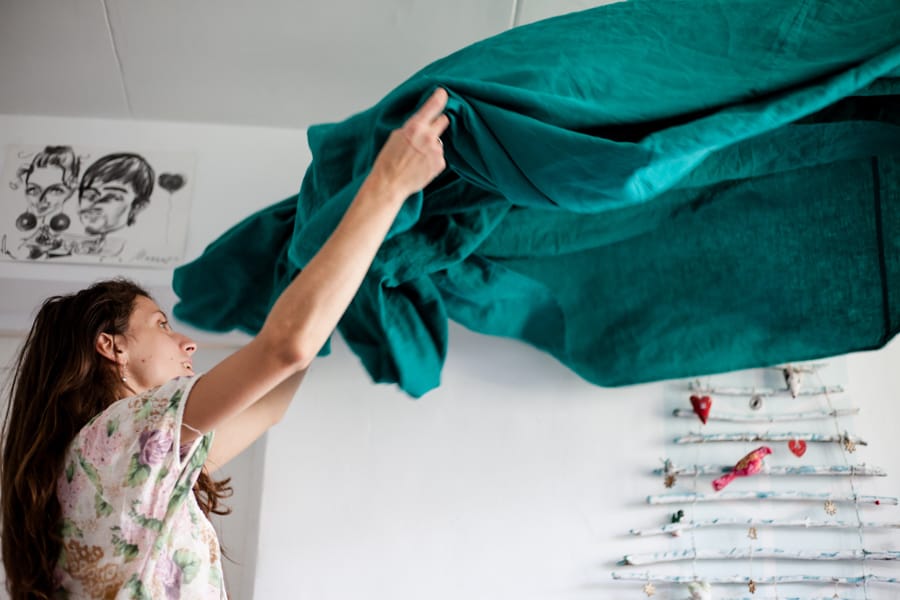What is a minimalism challenge? A minimalist challenge tests your resolve in one or more areas of your life — like your physical and digital consumption habits. Because a challenge has an end date, it feels more like a game or experiment than a lifelong lifestyle change.
This focus can be really motivating, especially if you tend to overcommit yourself. Breaking your goals down into smaller steps also makes them feel more achievable.
So if you’re curious about minimalism, or if you’ve been wanting to try it out but don’t know where to start, this post is for you. In it, I’ll share 5 minimalism challenges that will give you a taste of what it’s like to live with less.
Each challenge comes with an overview and links to real-life case studies so that you can get the most out of them.
A word of caution – these challenges are intended to push your comfort zone to confront your overabundance. I’ve personally tried most of the challenges on this list (no. 2 scares the heck out of me!).
Do you think you’re up for it? Good. Let’s get started.
1. Buy Nothing Challenge
The buy nothing challenge, also known as the no-buy or no-spend challenge, is where you don’t purchase anything (with a few exceptions) for a set period.
This challenge is designed to help you break your excessive consumption habits and question your need for material possessions.
It’s also a great way to save money.
Guidelines
There are a few different ways to approach a Buy Nothing Challenge. Some folks restrict it to Buy Nothing New or Buy Local Only.
I prefer the version where you can’t buy anything non-essential. So the exceptions are:
- Food
- Gas
- Medication
- Repairs
- Cleaning supplies
- Toilet paper
This means no new (or used) clothes, decor, gadgets, subscriptions etc.
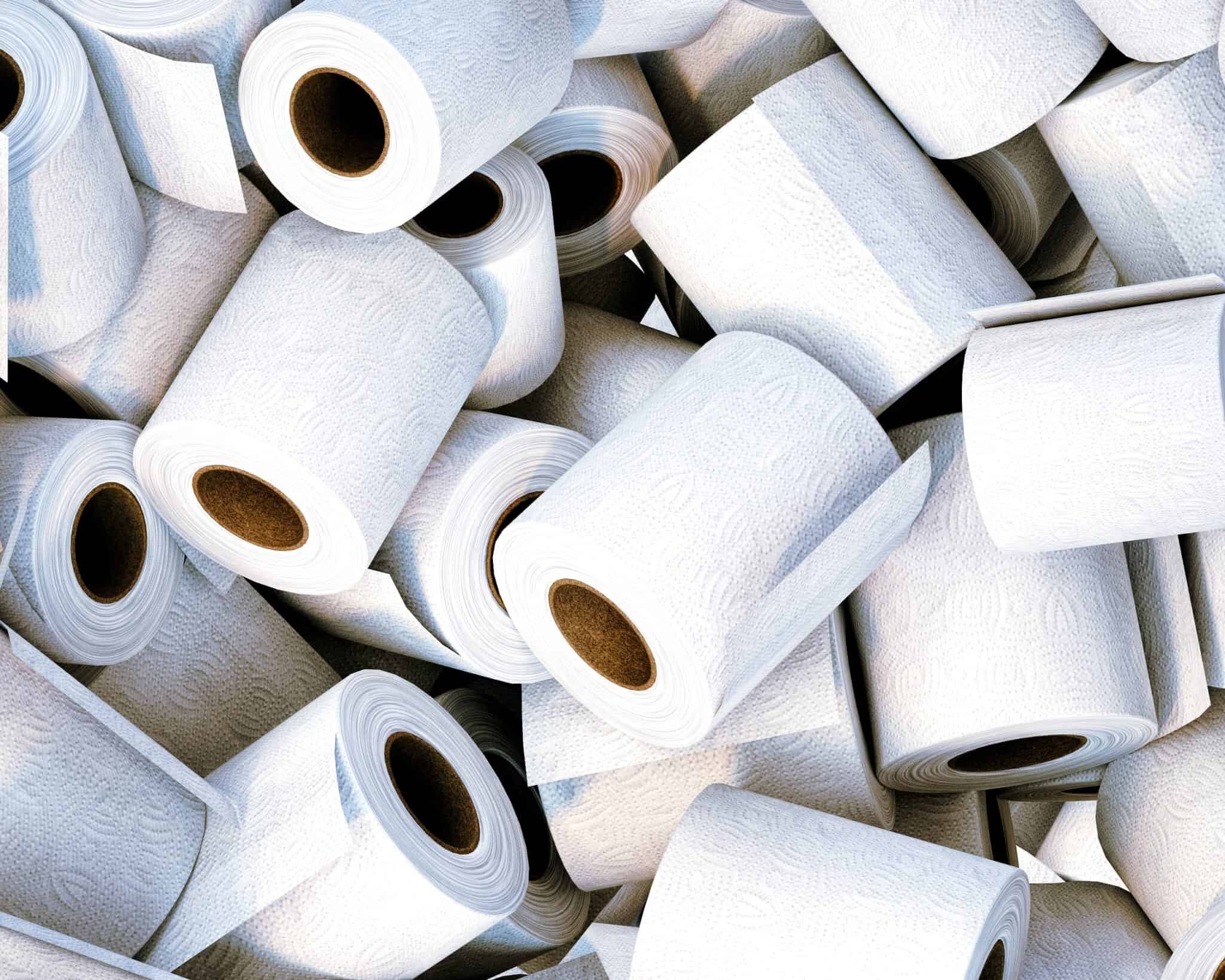
Case studies
- My No Spend Challenge: How I Bought Nothing for Six Months
- My Buy Nothing Month: What I Learned When I Stopped Shopping
- My year of buying nothing – six months in
Takeaways
If you’ve been practising minimalism for any amount of time, you may not find a Buy Nothing Challenge very difficult.
To push your boundaries, 30 days isn’t going to cut it. 6-12 months is the range where you’ll start to feel some friction in your consumption habits and hopefully have some breakthroughs.
2. No Media Challenge
Our media consumption habits dominate our lifestyles, creating excessive digital clutter.
A No Media Challenge is where you abstain from all forms of entertainment and news for a set period.
This includes a combination of:
- Television
- Movies
- Books
- Music
- Social media
- News websites
- Video games
- Podcasts
The goal is to wean yourself off these forms of entertainment to free up your time for other experiences or simply nothing.

This is the 1 challenge on this list that I’m yet to try. Not buying new things is a breeze, but unplugging from the world of content? That’s a whole different beast that I plan to tackle.
Guidelines
There are a few different ways you can approach a No Media Challenge.
You can choose to abstain from all forms of media, or you can allow yourself one form of entertainment per day/week.
Another approach is to ditch one form or style of media. For example, if you’re hooked on social media, then focus on that. Or, if you need to consume content for work, then perhaps restrict your challenge to purely entertainment content (e.g. reality TV, Netflix, YouTube).
I think it’s more beneficial to be aggressive and detox completely, as it becomes too hard to delineate between “good” and “not-so-good” content. But if that’s too much for you, start with baby steps.
Case studies
- What I Learned From My Digital Detox
- What I Learned From a 30-Day Social Media Detox
- What I Learned from 10 Years of Digital Detox (video)
Takeaways
A No Media Challenge is a great way to break your addiction to entertainment and news.
It’s also one of the hardest challenges on this list. So it’s common for folks to participate in a No Media Challenge for a shorter period, e.g. 7 or 30 days.
However, if you can do it, I have no doubt you’ll learn new things about yourself and your dependency on media.
I highly recommend doing a No Media Challenge if you feel addicted to your phone or constantly need to be entertained. And yes, I’m taking my advice!
3. One meal a day challenge
So far, we’ve addressed physical things and media, but food can also be a form of clutter. Generally, it’s easy to overeat, which leads to various health problems. Furthermore, deciding what to eat 3-5 times a day is taxing on your mind.
Intermittent fasting is an approach to managing how much you eat and reducing your daily decisions.
Eating one meal a day or OMAD for short is a relatively extreme type of intermittent fasting where you only consume one meal in a day. I’ve experimented with OMAD, and beyond losing some pounds, I particularly enjoyed the simplicity and extra time created from eating once a day.
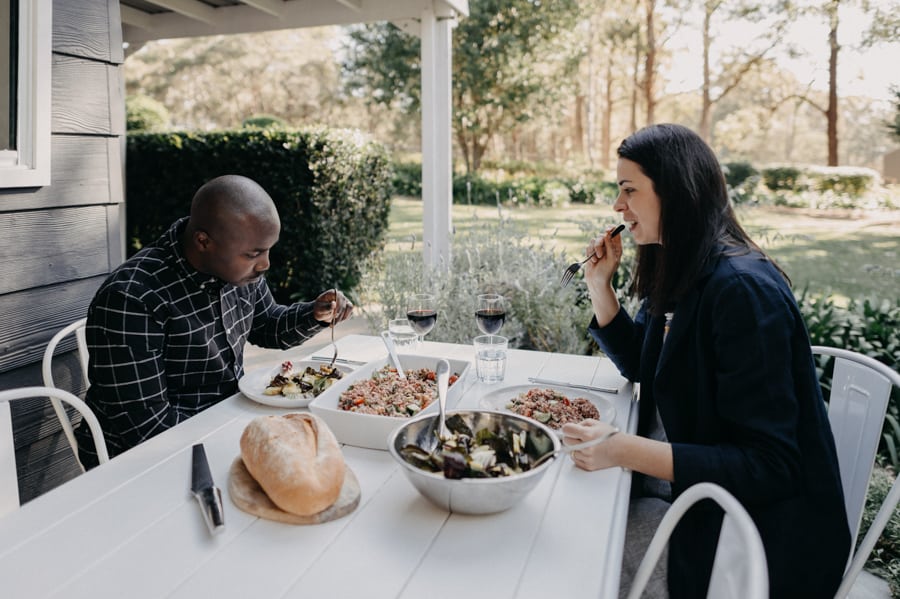
Guidelines
There are no real rules when it comes to an OMAD diet, as long as you’re consuming one meal. The only area of contention is in drinks. Some folks are flexible, while others stick to water only.
You can choose to have your one meal at any time of the day. I ate between 12 pm and 2 pm.
If you want to make things easier, you can prepare your one meal in advance so that all you have to do is heat it when you’re ready to eat — removing all of your food decisions for the day.
Case studies
- I Tried Extreme Fasting by Eating Once a Day — Here’s What Happened
- What I Learned From Eating One Meal a Day For 28 Days
- One Meal a Day Results – I Survived 3 Months on OMAD Diet!
Takeaways
An OMAD diet is a great way to keep your weight down, reduce decisions and free up your time.
However, OMAD is not for everyone. You want to consult with a medical professional before doing the challenge.
At the very least, try it for a day and see how you feel. You’d be surprised how much time you spend thinking about and consuming food.
4. Wear the same clothes everyday challenge
Deciding what to wear from your many clothing options is another example of clutter and unnecessary decision-making. I shutter each time my wife asks me what I think she should wear when we go out.
One way to simplify your clothing situation is to challenge yourself to develop a personal uniform and wear the same clothes daily.
Not only will you minimise your wardrobe, but a personal uniform also helps to shape your identity and brand. When I think of Steve Jobs, I remember his black turtle neck, Levi jeans and round-shaped spectacles talking on stage.

Guidelines
The goal is to reduce the number and variety of clothes you own and wear.
A minimal wardrobe typically consists of clothes that can be mixed and matched to create multiple outfits.
You don’t have to wear the same thing for every situation, e.g. you wouldn’t wear a suit to the gym or bed — but having a general template is helpful.
For example, I like to wear the same pants and t-shirts, but I have different colours of the same garments that I rotate.
It’s also crucial that your clothes fit you well and make you feel good. If something doesn’t flatter your body or isn’t comfortable, it’s time to get rid of it. Picking a uniform will fast track this process.
Lastly, make sure your clothes are appropriate for the climate and activities you’ll be participating in. One way around this is the develop a personal uniform for warmer seasons and another one for cooler seasons.
Case studies
- I Wore the Same Dress for Three Years, This Is What I Learned
- I wore the same shirt every day for 3 years (video)
- An Argument For Wearing The Same Clothes Every Day
Takeaways
A minimal wardrobe and personal uniform likely require a pretty massive paradigm shift. So, again, the more difficult the challenge, the shorter the timeframe. I’d try this for at least 7 days to give you proper taste.
If you work from home and barely leave your house these days, then you can for sure try a personal uniform for 30 days.
You might be surprised at how much time and energy you save by not having to think about what to wear.
5. The 30-day minimalism game challenge
The minimalism game challenge was developed by Joshua Fields Millburn and Ryan Nicodemus, better known as “The Minimalists”.
It’s a fun way to declutter your life, and it works like this:
- Day One: get rid of one thing
- Day Two: two things
- Day Three: three things, and so on.
You can read more about the rules and how to play on their website. And below is a video of them explaining the game.
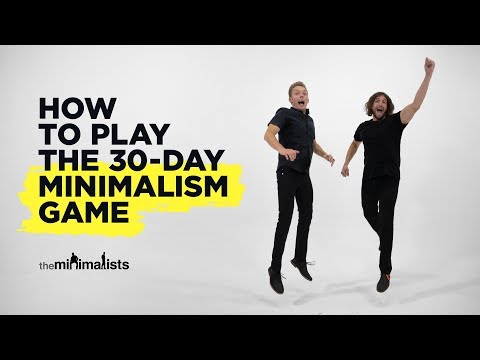
Guidelines
The game’s goal is to get rid of excess possessions, one day at a time.
When you’re done with your 30-day challenge, you would’ve removed 465 possessions.
The game is a way to speed up the process of decluttering your home and life. It’s also a great way to get rid of things you don’t use or need.
Case studies
- We tried the 30-day minimalism game and would do it again
- I Played The 30 Day Minimalism Game
 Decluttering 500 Items (video)
Decluttering 500 Items (video) - We selected over 300 items to get rid of in one month.
Takeaways
The minimalism game is a great way to declutter your life in a short amount of time.
But don’t be fooled by the slow start to the challenge. By the time you get past the first week, you’ll be pushed to think not only about what you’re going to discard for each day but also when you’ll find the time to declutter. Many people fail to make it through the entire 30-day challenge for these reasons.
Be ruthless when getting rid of things – if you don’t need it, get rid of it.
Lastly, try to do the challenge with someone else, as your competitive spirits will drive you to completion.
How to get the most out of these minimalism challenges
Now that you’re aware of some compelling minimalist challenges, here are some suggestions to get the most out of each experience:
- Book a date to start your next challenge. Pause reading this and pencil it into your calendar. This is the most important step.
- Make yourself accountable. Partner with a friend your coach, or share your intention in your family group chat. Having the pressure of people checking in on you will motivate you to see the challenge through.
- Document your journey. Whether it’s on social media, your blog or YouTube, share the progress you’re making for your minimalist challenge. Follow and use minimalist challenge hashtags to find community. This will give you a record of your actions and more accountability.
- Signup for another challenge. When you finish one challenge, reflect on what you got from the experience. Anything you would do differently? Has your perspective shifted? At this point, you’ll have the confidence to try a new challenge on the list.
I want to acknowledge that it’s a privilege to participate in these minimalist challenges. While it can be liberating to get out of your comfort zone and minimise your shopping, digital consumption, clothing and food, some people would want nothing more than to have just a fraction of this overabundance.
Hopefully, by keeping this perspective, we realise that these challenges aren’t as complex as we assume. And we could easily live with far less than we’re accustomed to.
Challenges that get you to think like a minimalist
The takeaway from this post is that there are many ways to think like a minimalist. You can try any of the challenges we listed and get great results in a short period of time.
If you’re looking for an even more intense experience, extend the length of the challenge or increase the limitations.
And remember that minimalism is all about living with less and enjoying the simple things in life. So take your time, embrace the process and don’t forget to document your journey!
Did you find this post helpful? Let me know in the comments below. And be sure to share with your friends looking for a minimalist challenge.
